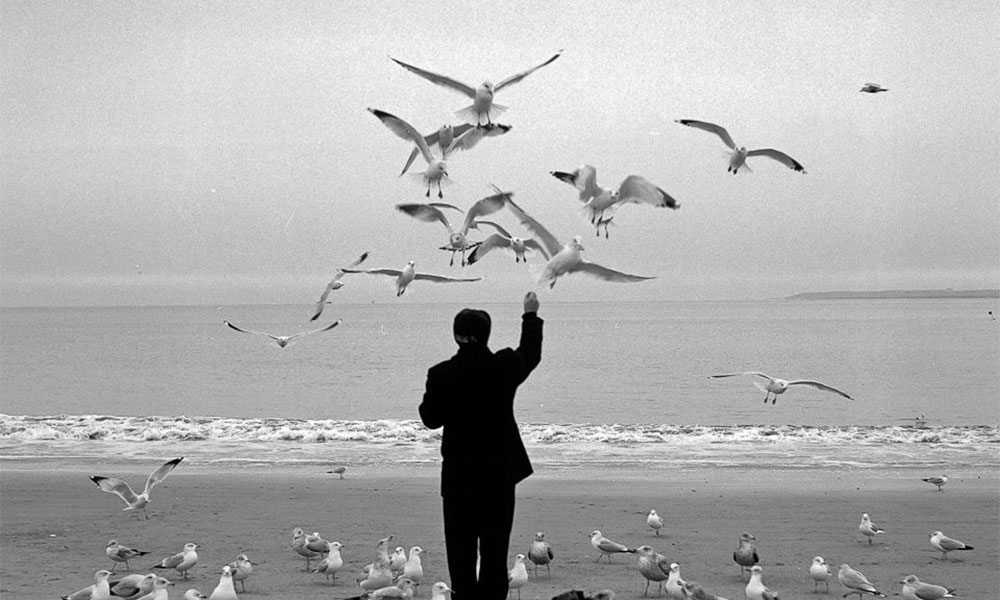Consumers are brilliant product development collaborators, if led properly. However, too often industrial designers fail to leave the comfort of their studios to directly engage consumers in a process of collaborative ideation, and that often results in the failure of new products to meet consumer’s real needs.
Traditionally, industrial designers brainstormed as a team, or struggled individually, to develop new product concepts. Years ago, I personally learned the fallacy of this process when a client recognized that our in-house team was not making progress toward designing the next-generation cordless power drill. Thinking we were about to lose the account, the client’s lead engineer took me aside and said, “Why don’t you guys get off your butts, buy some donuts, visit some job sites and ask construction workers what they need?” How could I refuse?
After sharing donuts and coffee with just two groups of construction workers, we developed the concept for a product that would revolutionize the power tool category, a snap-out battery-pack that one removed for charging, while a second battery snapped in to continue working. And so was born the seeds of a consumer collaborative process that we have been refining for nearly forty years.
What we dubbed ‘IdeaStorm’ rapidly evolved into an innovation concept generation process that has been responsible for the creative of dozens of iconic American products and packages from healthcare to technology to food, and beyond.
In brief, IdeaStorm is a creative, collaborative consumer innovation process that harvests the insights of current product / service users and the input of a multi-disciplinary group from the client side, in a freewheeling discussion that is moderated by veteran industrial designers. Designers lead the discussion from a carefully crafted questionnaire, developed from earlier research phases, and they sketch participants’ ideas in real-time as they discuss their needs and desires.
The beauty lies of the simplicity of the process and its ability to work across any product / service categories. Comprised of three phases, each ideation session includes eight consumers, four client management team members and three design managers. Consumer profiles are determined by the client’s preferred demographics with participants selected by professional recruiters.
Prepping the Stage – Phase One
Phase one relaxes participants with an hour of group activities, in which designers probe consumers’ product usage rituals – where they store the product, how they clean it, what they like/don’t like about it, what’s inconvenient/convenient, etc. – for clues to innovation opportunities, category usage rituals and taboos.
But rather than simply setting up in a corporate conference or focus group room, a series of predefined exploratory activities are conducted on custom-built sets designed to mimic the product usage environment – a kitchen, bathroom, patio, garden, etc. These hands-on activities, opening bottles, setting a table, stacking dishes, potting plants, etc., eases participants’ into a creative mood while fostering a free flowing conversation that results in a highly interactive panel dynamic in which the engagement of all ‘team members’ encourages the idea generation process.
Phase Two – The Brainstorm
After a break, phase two “brainstorming “ is held in a large studio with white paper hung on the walls. In this session, the design team listens intently to the group discussion, transforming their ideas into concept sketches, which are immediately hung and refined. Later, the designers will use key sketches as a springboard for additional ideas.
Here too, the participants are provided various stimuli to encourage their own ideas. In one case, 75 new packages were placed on the table; people were asked to select the one they felt was most meaningful. As each participant selects their overall favorite, the group brainstorm new ideas based on that concept sketch. Throughout this phase, the design team interprets remarks and creates new sketches, which will be reviewed in the final concept selection process.
Phase three – Review / Editing
About forty-five minutes into this phase, the team leader gives each group member one sketch. Participants are asked to select which they would be likely to purchase and why. Usually, the process produces four to six ideas; sometimes concepts are combined and composites immediately sketched. As the discussion concludes, there is applause, thank yous and some 120 or more idea sketches hanging on the wall.
The Client Wrap
Immediately following the departure of the consumers, the design team convenes with the client to select their favorites. Generally about 12 ideas are selected as inspiration and a guide for further creative sessions.
So if you want to kick-start your own innovation program, be sure that you engage consumers as part of the creative team.
Photo credit: “coney island bird man” by Barry Yanowitz
